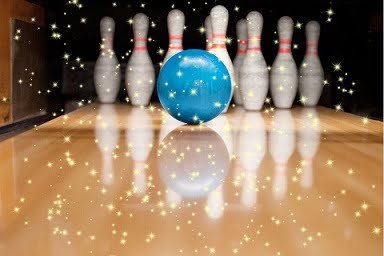Parquet flooring is a popular choice for both residential and commercial spaces due to its aesthetic appeal, durability, and the variety of patterns it offers. The selection of raw materials plays a crucial role in the quality, appearance, and longevity of parquet flooring. Understanding the different types of wood and their characteristics can help you make an informed decision.
Types of Wood for Parquet Flooring
- Oak
Oak is one of the most common choices for parquet flooring. It is known for its strength, durability, and appealing grain patterns. Oak comes in two main types: red oak and white oak. Red oak has a warmer, reddish tone, while white oak tends to have a more neutral, grayish hue. Both types are resistant to wear and can handle high traffic areas, making them ideal for both homes and offices.
- Walnut
Walnut is prized for its rich, dark color and smooth, straight grain. It adds a touch of elegance and sophistication to any room. Although it is softer than oak, walnut is still durable enough for flooring. It is less resistant to dents and scratches, so it may be better suited for areas with lighter foot traffic.
- Maple
Maple is a hard, dense wood with a subtle grain pattern and a light, creamy color. Its hardness makes it resistant to scratches and dents, which is perfect for high-traffic areas. The light color of maple can brighten up a room, making it feel more open and airy. It also takes stains well, allowing for a variety of finishes.
Exotic Woods
- Mahogany
Mahogany is an exotic wood known for its deep, reddish-brown color and fine grain. It is highly durable and resistant to moisture, making it an excellent choice for parquet flooring. Mahogany’s rich color and luster can add a luxurious feel to any space. However, it is more expensive than domestic woods, so it might be a bigger investment.
- Teak
Teak is another exotic wood that is highly prized for its durability and resistance to moisture. It has a golden-brown color and a straight grain pattern. Teak is often used in outdoor furniture and boat decks, which speaks to its durability. It is an excellent choice for parquet flooring in kitchens or bathrooms where moisture is a concern.
Engineered Wood
Engineered wood is made by bonding layers of hardwood together, with a top layer of solid wood veneer. This type of wood is more stable than solid wood, as it is less prone to warping and swelling due to changes in humidity. Engineered wood can be made from any hardwood, offering the same appearance as solid wood but with enhanced stability.
Sustainability Considerations
When selecting raw materials for parquet flooring, it’s important to consider sustainability. Look for wood that is certified by the Forest Stewardship Council (FSC) or other recognized organizations. These certifications ensure that the wood is harvested responsibly and that the forest ecosystems are preserved.
Conclusion
With these factors in mind, you can select the perfect wood for beautiful, durable parquet flooring that meets your needs.
Read more: https://www.thefuturetoons.com/



